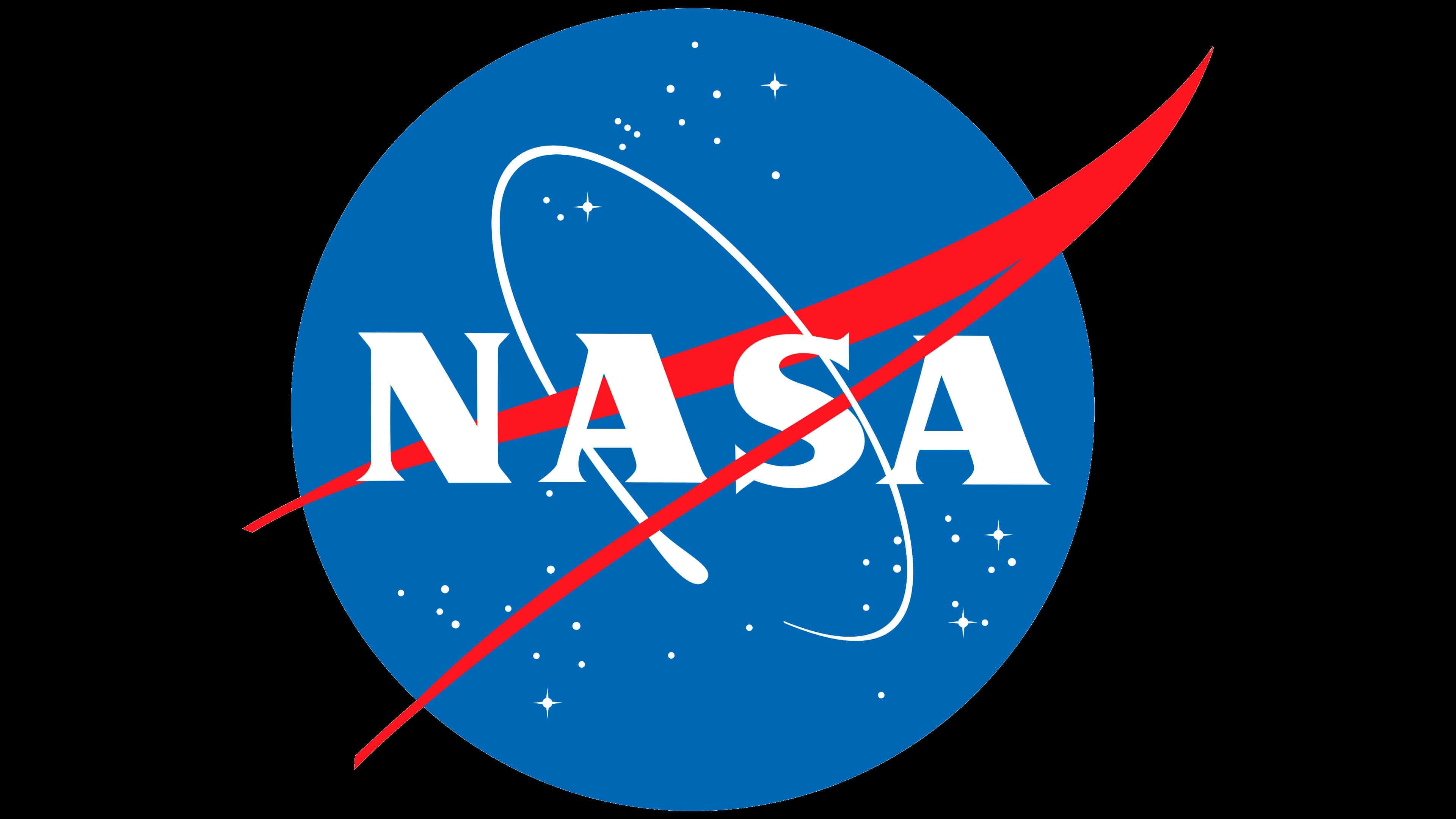For centuries, people have gazed up at the night sky, marveling at the stars and the patterns they form. Many cultures have even created stories and mythologies based on these patterns, known as constellations. But did you know that these groupings of stars have also been used for navigation for thousands of years? Even NASA relies on constellations as an important tool for space exploration.
The stars and constellations we see in the night sky appear to move throughout the year, but in reality, they remain in the same spot for many years. This is because we are on a rotating and orbiting planet. Because the constellations are fixed in location, they have been used for centuries as landmarks in the sky. Many stars, nebulae, and other celestial objects are named after the constellations in which they are found.
One common use of constellations is for navigation. Sailors have used stars for centuries to determine their location when out at sea, a technique known as celestial navigation. The position of certain stars in the sky can indicate the direction and location of a ship. Even today, NASA astronauts are trained to use celestial navigation as a backup in case modern navigation systems fail.
Robotic spacecraft also rely on constellations to navigate through space. They carry a star map in their onboard computers and compare these maps to patterns of stars in images they take. This helps them determine their location and orientation in space. In fact, NASA's Voyager spacecraft, which launched in 1977 and has since traveled beyond our solar system, uses the positions of stars to navigate.
Constellations also play a role in scientific research. Many astronomical events, such as meteor showers, are named for the constellation in which they appear. For example, the Orionids meteor shower, which occurs in October each year, appears to come from the direction of the constellation Orion the Hunter. This naming convention makes it easier for astronomers and space enthusiasts to track and observe these events.
In addition to their practical uses, constellations have played an important role in human culture and folklore. Many ancient civilizations, such as the Greeks and Egyptians, used constellations as a way to tell stories and explain the world around them. Today, constellations continue to inspire and captivate people of all ages.
So the next time you gaze up at the stars, take a moment to appreciate the constellations and the role they have played in human history. Whether used for navigation or storytelling, these patterns of stars continue to be an important part of our lives and our understanding of the universe.
Tags:
Cosmology

